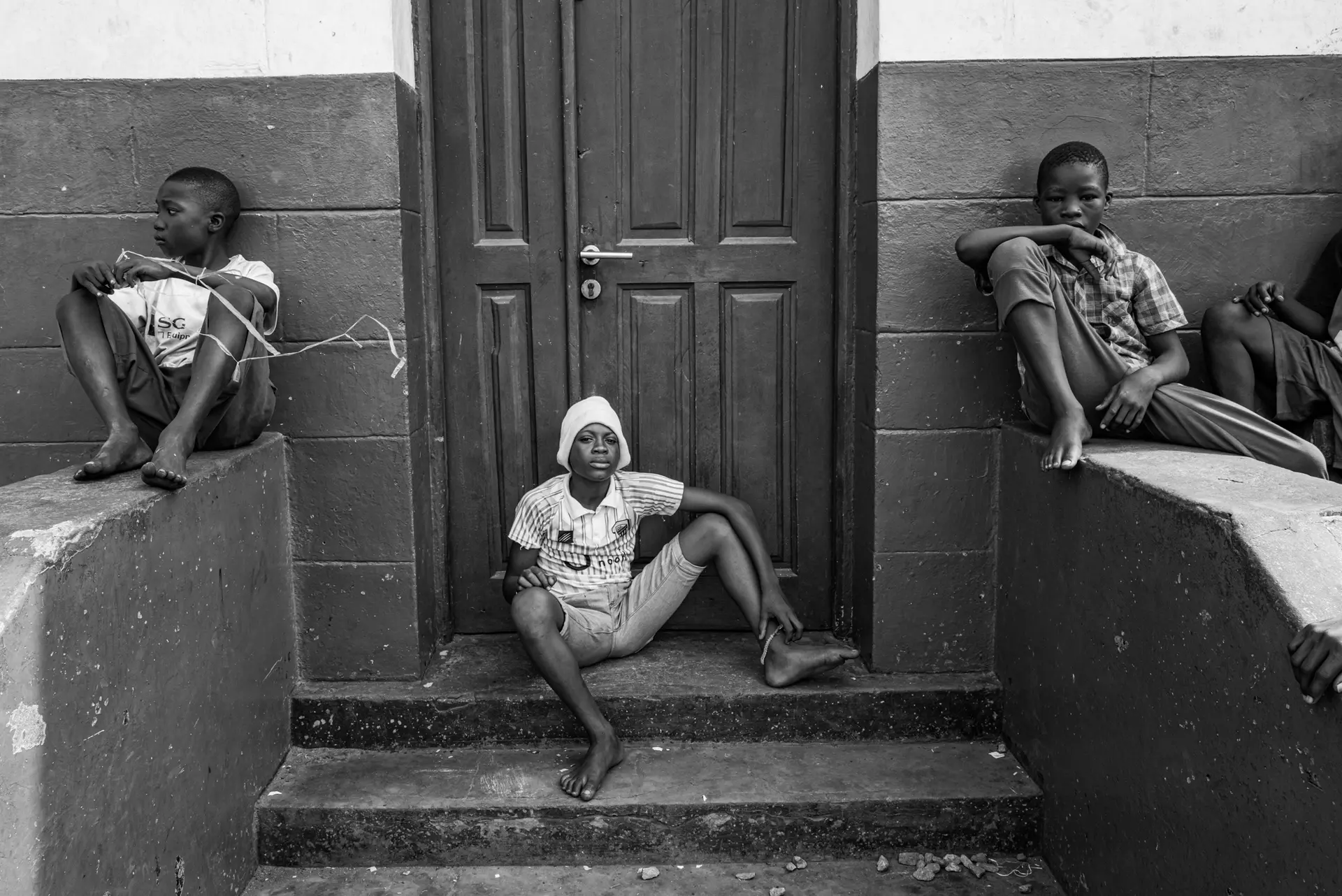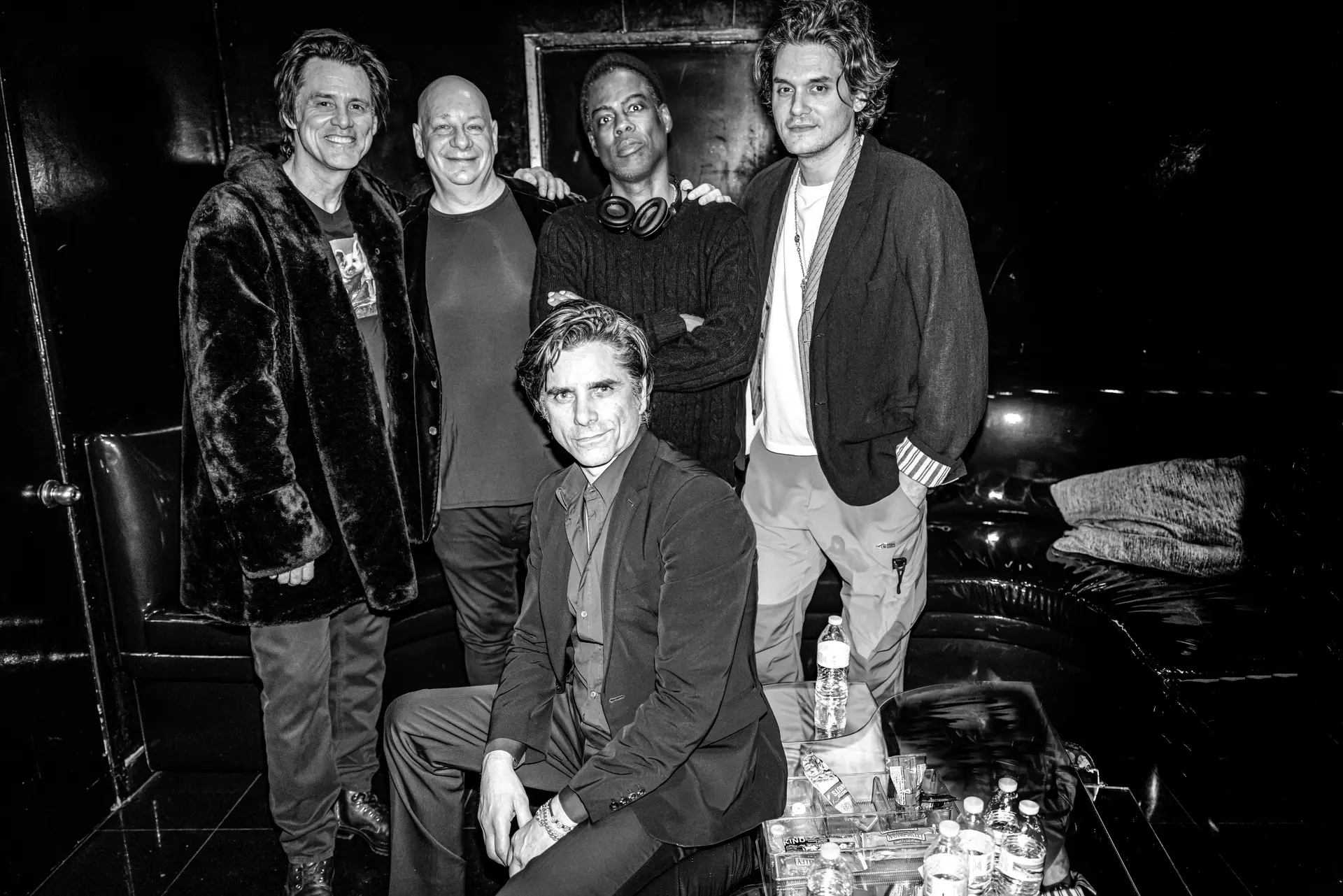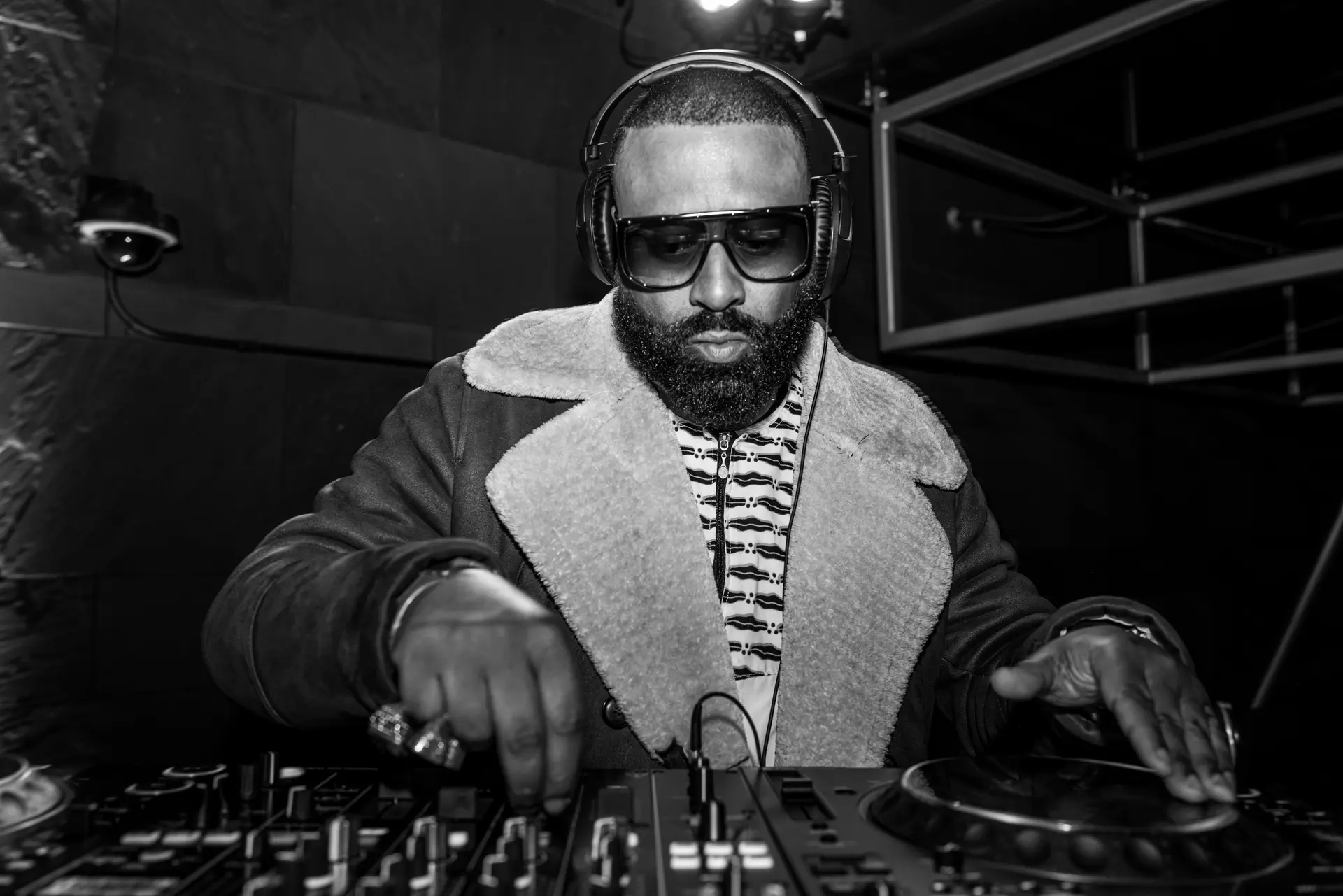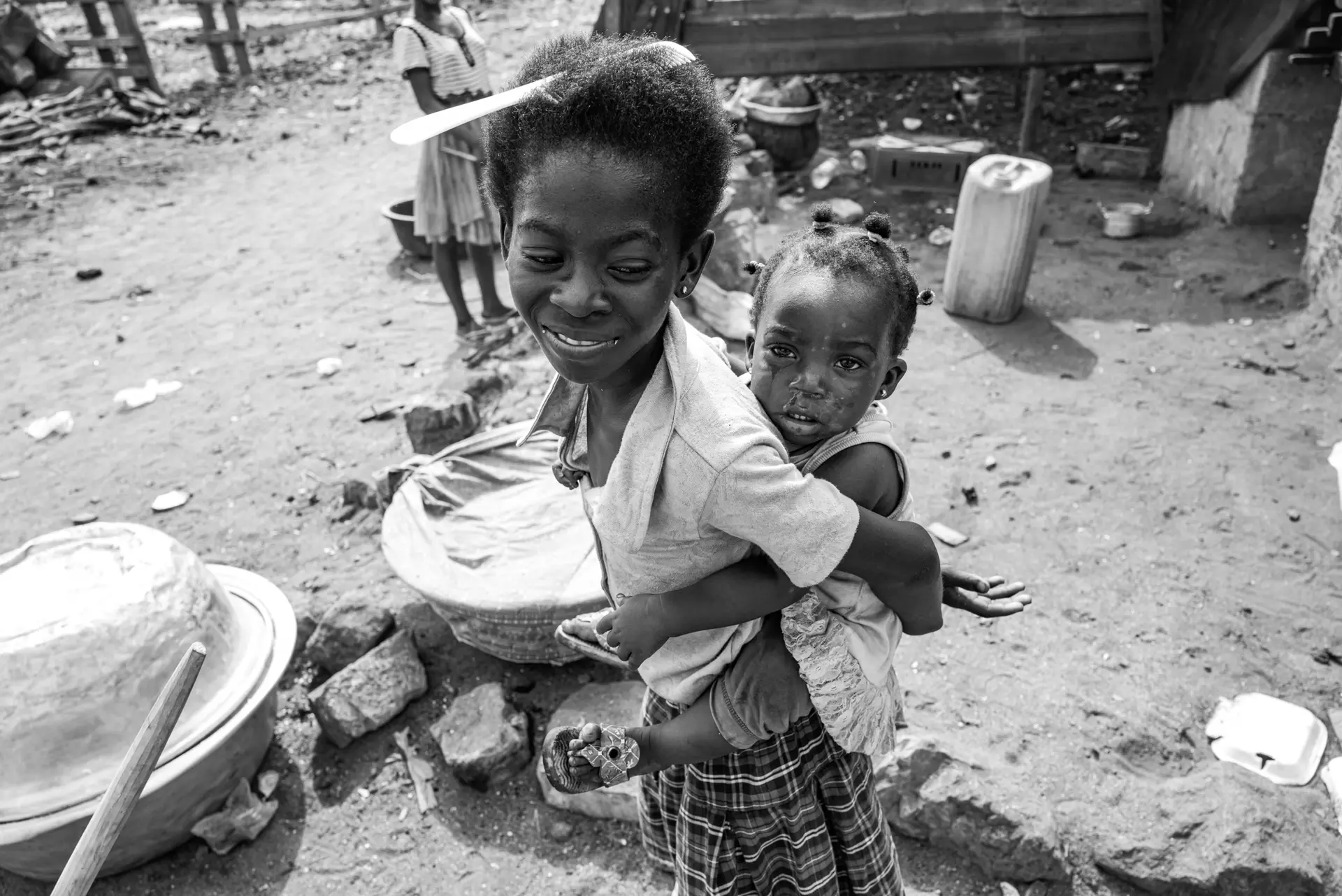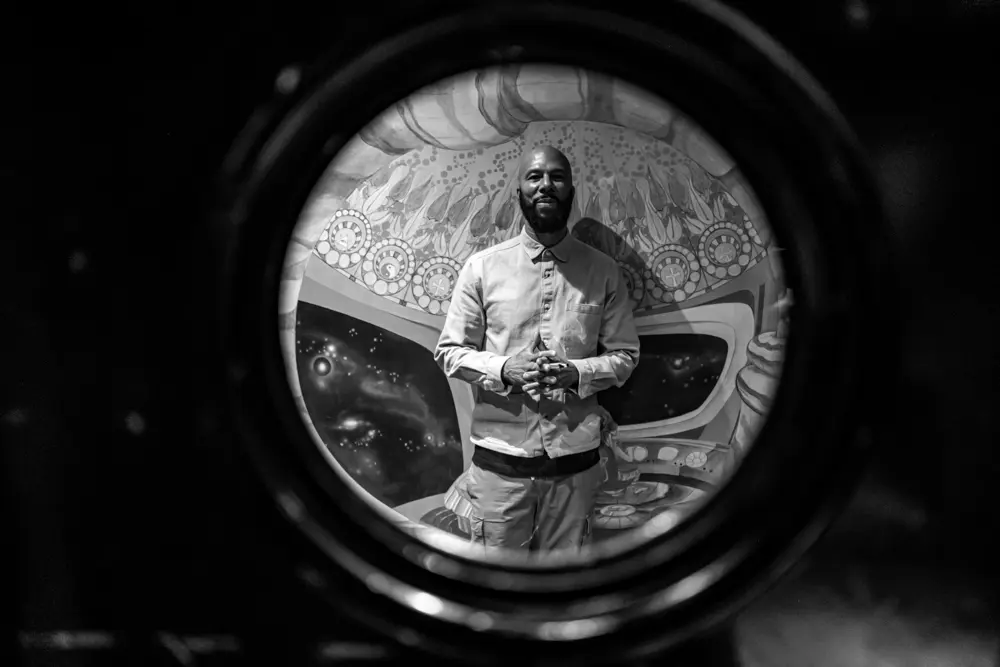Mathieu Bitton
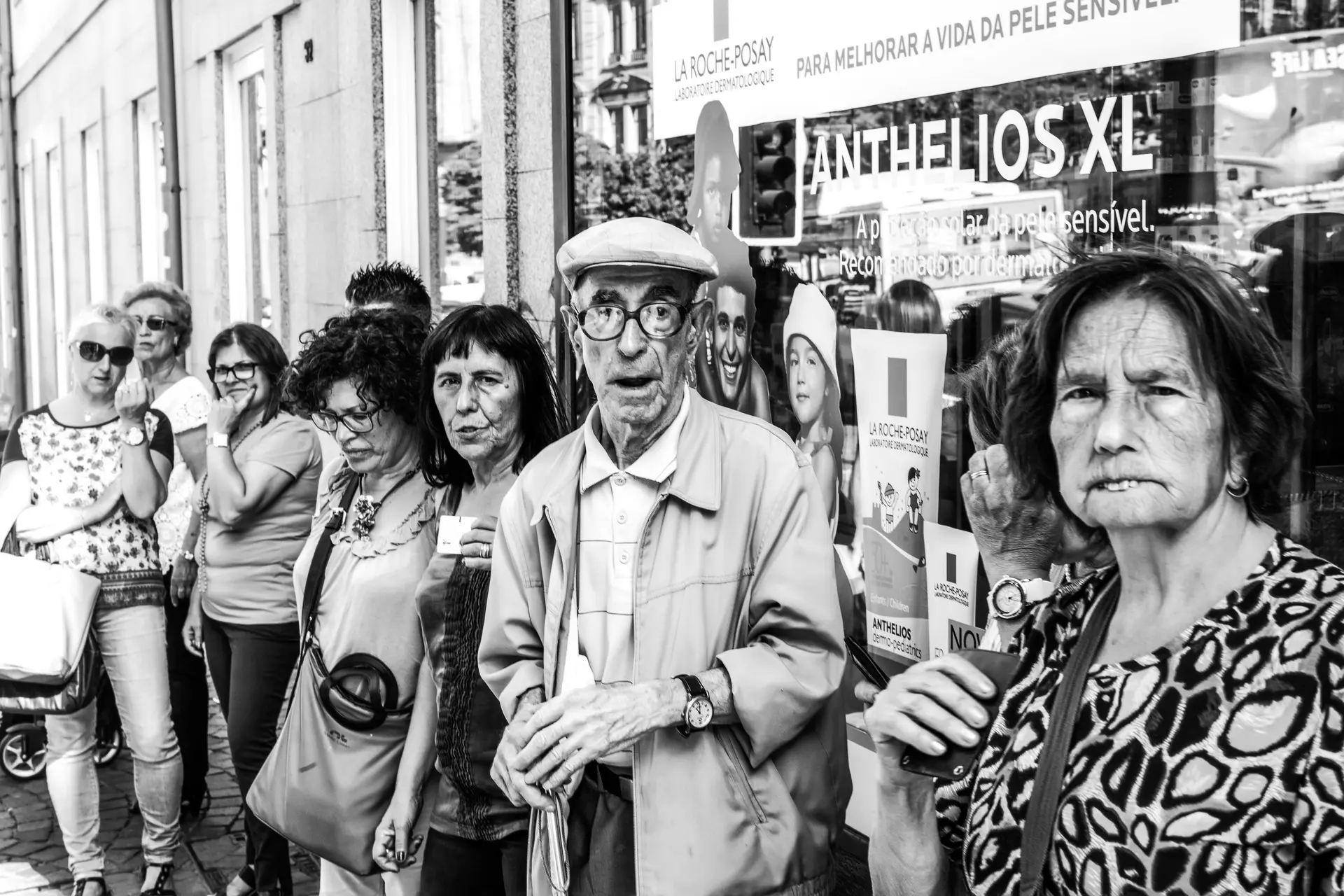
Mathieu Bitton
Mathieu Bitton and the Music of Monochrom
Leica Ambassador Mathieu Bitton’s work has been described as “what you hear and what you see are one in the same.” This comes as no surprise when you consider Mathieu’s life-long obsession with music. It began in Paris, France where he was born and raised, and where he loved to roam the flea markets collecting music albums. As a boy, he was surrounded by art, architecture, and museums, and his discovery of music and black culture ultimately shaped his life trajectory. At the age of fourteen, he moved to the U.S. and continued to immerse himself in music and visual arts, and eventually worked as an art director, a graphic artist, designer, producer, and photographer. Today, his client list is a pantheon of the biggest names in the entertainment industry, Quincy Jones, Lenny Kravitz, Dave Chappelle, Chris Rock, to name just a few. His book, Darker Than Blue, is one of his best-known works celebrating Black culture from all over the world.
It was a pleasure to catch up with Mathieu, who had just returned from Australia, to talk about the Leica Q2 and his love of Monochrom.
RR: Mathieu, as a Leica ambassador and you’ve described yourself as a “historian with the greatest camera.” Why is Leica your camera of choice and how did that choice evolve over your career?
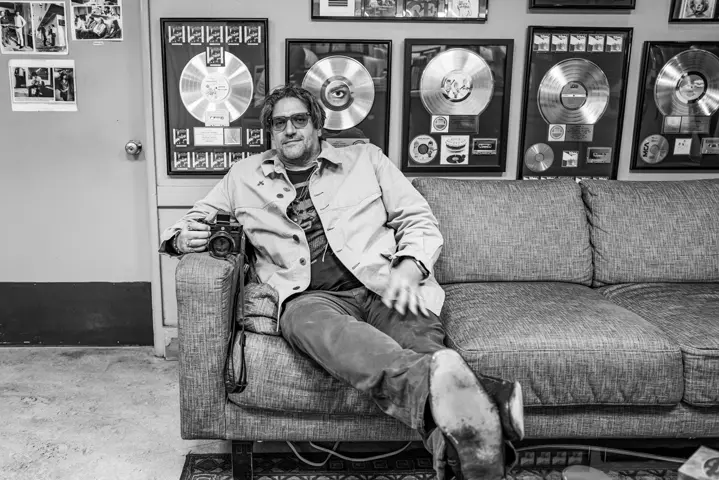
Miles Bitton
MB: Well, back in 1980s Paris, my godfather Gerard Darel gave me a silver LeicaFlex SL for my birthday when I was about thirteen. That was my first experience. Then I got a M3 in Vienna during the days of my early tour travels (I also had a Leica D-Lux that fit in my pocket). In 2008, I started working with my old friend Lenny Kravitz. He let me play around with his M8. I instantly got addicted. Then the M9 was the first one I had for myself. I also started collecting Ms, including the black paint cameras.
RR: You’ve said before that if you were to pick one Leica it would be the monochrom. What’s it like for you to work with the Leica Q2 monochrom?
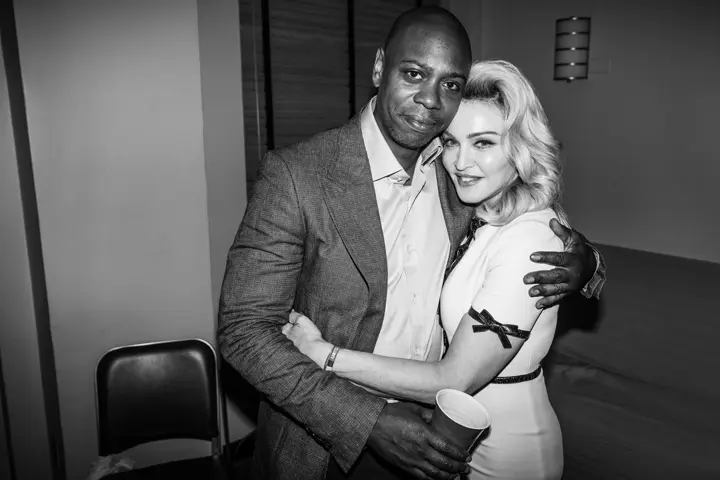
Mathieu Bitton
MB: Monochrom is life as I see it. I can almost hear music when I look at a black and white image. From the very first M Monochrom to the Q2 Mono, I always feel like I don’t even have to think about what I’m shooting. I capture it and see it later. You have to live life in the moment and the Monochroms feel like they capture timeless moments like no other cameras do. Although I am a total M snob, I never go to an event or even go walking - without my Q2 Monochrom. On the long Dave Chappelle & Chris Rock tour I just finished, I used Q2 Mono. It’s my favorite backstage camera. Throw the SF-40 or SF-60 on it and you have that 70s Studio 54 glam look. Without flash you can go for a Gordon Parks, Man Ray or Bruce Davidson vibe. I enjoy the simplicity.
RR: One of your favorite black and white images is of Melvin Van Peeples. Why is it special to you and what kind of impact did it have on you?
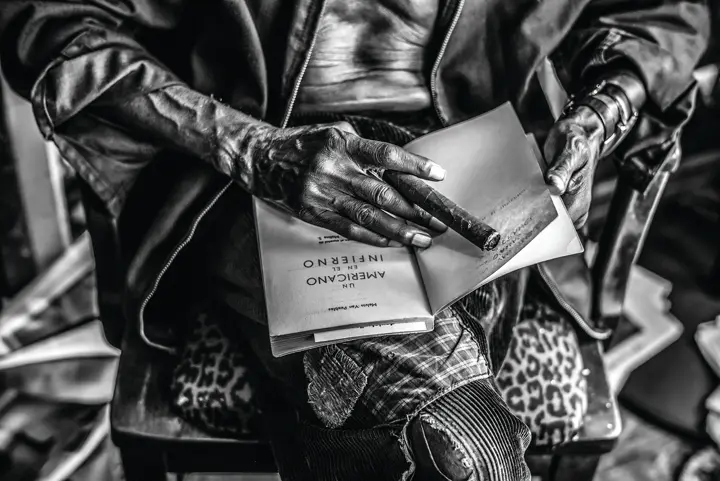
Mathieu Bitton
MB: Melvin Van Peebles recently left this realm. It was back in July 2016 when I spent an afternoon with him and his grandson Marley at this NYC apartment, which was like a museum on the tenth floor of a West 56th Street apartment building. Melvin was very standoffish and aggressive at first, especially with me being white, understandably because he had been taken advantage of by the white execs of Hollywood. So of course, I told him I was a Jewish kid from Paris and that my parents were from Cairo, Egypt. A decent icebreaker. I was told not to take my camera out unless he said to. I got the aggressive thing, but I saw great humor in it. I didn’t crack. I kept smiling. And then I got into my collection of black arts, black film posters, soundtrack albums, paintings, statues and finally, my collection of his books. Then when I showed him some of my collection on my phone, he straight up thought I was conning him: “how the F do you have this? how the F do you have that? You’re too young to have that!”
And then he hit me with “Hey MF you’re a photographer, right? Then why aren’t you taking pictures? Am I not pretty enough?” And there it was. A dream come true. They are my favorite images I’ve ever shot. His son Mario Van Peebles who told me, “It’s him!” and that’s all you want as a photographer. I stayed so long he didn’t want me to leave. We made an instant bond. This picture is special to me because we sat at his kitchen table and shared a Cuban cigar and I had pulled out his Spanish edition of his impossibly rare 1966 book "Un Americano en el infierno” (“An American In Hell”) that had his Paris address in his own writing on the title page (thanks to the gift of natural light and heat from the cigar, you can see it bleeding through in the photo), which made us realize we had lived in the same area, It was a beautiful moment. There are so many incredible textures in the picture, only black and white could reproduce that and only the Monochrom cameras can pull out so many fine details. Even the stacks of old newspapers on the floor, in all their glorious blur!
Sadly, I returned to the apartment to do a family shoot on September 10, 2021, with Mario, his brother Max and the rest of the siblings and kids but that very morning, Melvin was taken to the hospital where he would pass eleven days later. I was so sad to miss him.
RR: Thank you, Matthieu. What a great story! I know you have a lot more stories and anecdotes, and I can’t wait to share them with our Leica fans in another post coming soon.
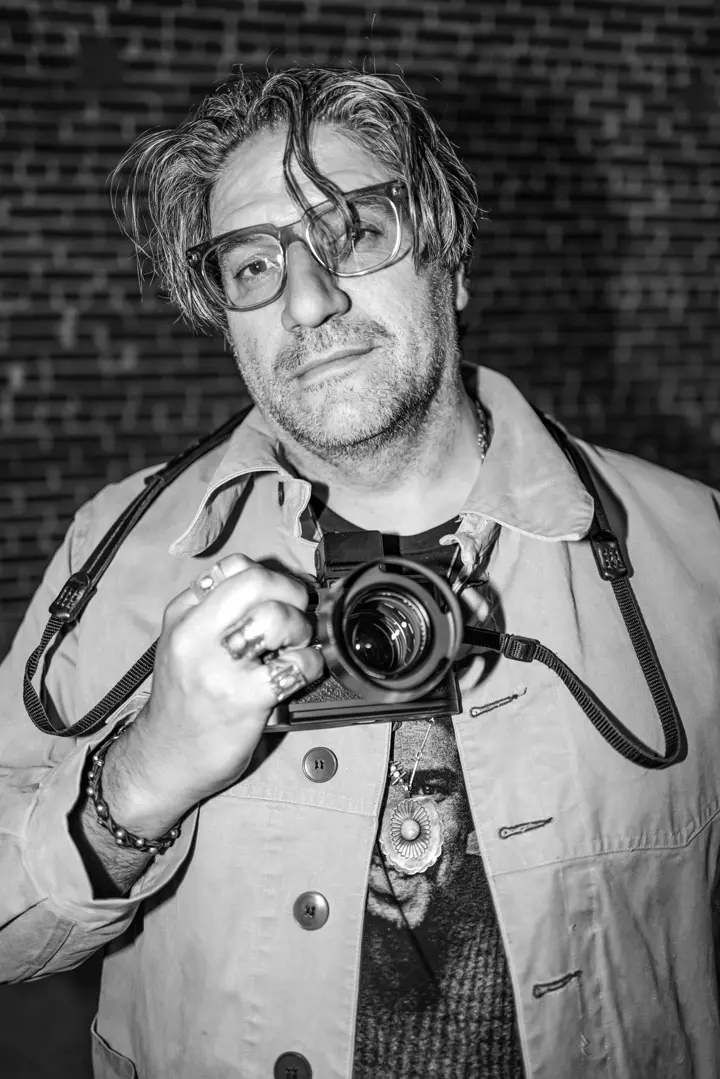
Miles Bitton
Connect with Mathieu
His story doesn't end here.
Continue the journey with Mathieu on social media:
Instagram: @candytman
Facebook: Mathieu Bitton
Twitter: @candyTman
